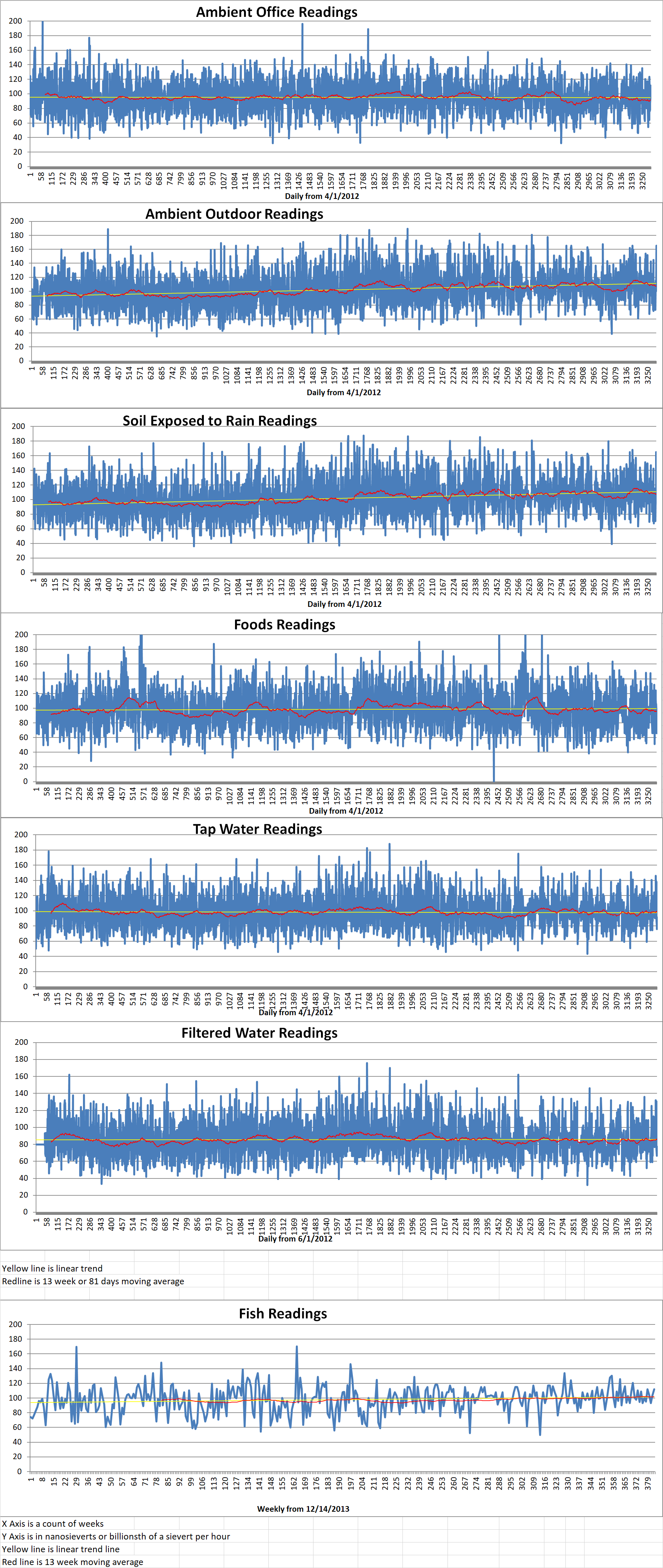An eighty-five megawatt Abbot cogeneration plant is located at the University of Illinois at Urbana-Champaign (UIUC). They are planning on using an Ultra Safe Nuclear Corp. (USNC) Micro Modular Reactor (MMR) Energy System to partly re-power the Abbot plant. On June 28th, the UIUC sent a letter of intent to the Nuclear Regulatory Commission stating that they were going to build a “research and test reactor facility,” at the site of its 1941-built Abbott campus power plant that will integrate an MMR.
Submission of the letter of intent marks the first format step in the pursuit of a construction permit. They ultimately intend to obtain an operating license. The university said that they had spent two years “engaging with the university and surrounding community; local, state, and federal governments; and potential industry partners.”
This development also marks the first entry into the U.S. licensing arena for the USNC which is based in Seattle. The USNC is also proceeding with projects in Canada. Several other non-light water reactor designers are already interacting with the NRC.
Last May, the USNC entered into a formal licensing review for a 5-MWe (15-MWth) MMR with the Canadian Nuclear Safety Commission. This action was part of a proposed project headed up by Global First Power to construct and operate a full-scale MMR reactor at the Chalk River Laboratories in Ontario.
Francesco Venneri is the USNC’s CEO. He said, “innovation in research and education combined with the opportunity of commercial-level implementation on a scale that is ideal to our microreactor product. We expect the licensing process to be exceptionally comprehensive and open to public review and comment, exactly as it should be.”
The USNC offered the MMR as a component in an energy system that integrates one of several standardized micro-high-temperature gas-cooled reactors (HTGRS) that it claims can produce between ten and one hundred megawatts of power or process heat with a storage unit. A standard MMR utilizes USNC’s tristructural-isotropic (FCM) fuel. This new fuel was developed in collaboration with Idaho National Laboratory and Oak Ridge National Laboratory). The MMRs generate between fifteen and thirty megawatts at a temperature of about twelve hundred degrees Fahrenheit. The heat storage component of the system is a molten salt energy storage unit. It “decouples the nuclear system from the power conversion system, greatly simplifying operations and allowing flexible use of the energy generated.”
The USNC will collaborate with the university’s Grainger College of Engineering (and its Department of Nuclear, Plasma, and Radiological Engineering) to deploy the new reactor system. The university said that if the project is successful it will provide “zero-carbon demonstration of district heat and power to campus buildings as part of its green campus initiative. The project team aims to demonstrate how microreactor systems integrate with existing fossil fuel infrastructure to accelerate the decarbonization of existing power-generation facilities.”
The Abbot plant currently provides almost half of UIUC’s power as well as all of its heat via two gas turbines, tow heat recovery steam generator and three steam turbine generators. The plant was sited near a major railroad line to permit quick delivery of coal to feed its original three coal-fired boilers. After many additions and alterations, Abbott is now able to use natural gas, coal, and fuel oil for a maximum steam production of around eight hundred thousand pounds per year.
The project will also serve as a valuable workforce training tool for “a new generation of nuclear scientists, engineers, and operators. A diverse set of opportunities for research will span the MMR energy system’s instrumentation and control, multi-physics validation, reactor prototype testing, micro-grid operations, cybersecurity, hydrogen production for transportation and energy storage, and other energy-intensive, high-value products.”
Rizwan Uddin is the Department Head of Nuclear, Plasma, and Radiological Engineering at UIUC. He said, “Next-generation energy research facilities are critical to training the emerging clean-energy focused workforce.”






